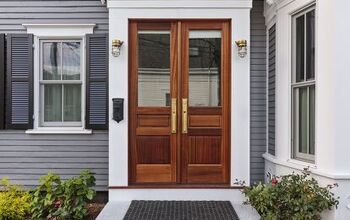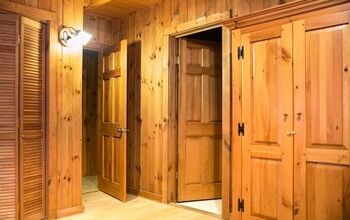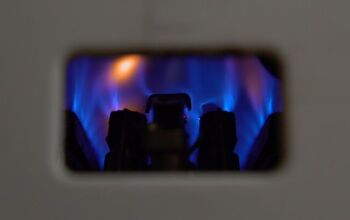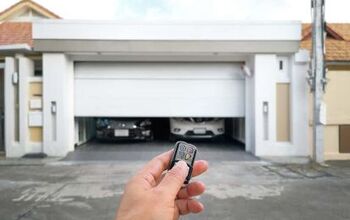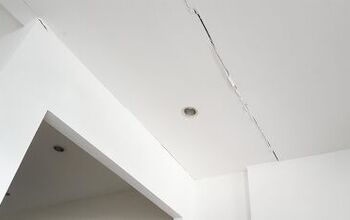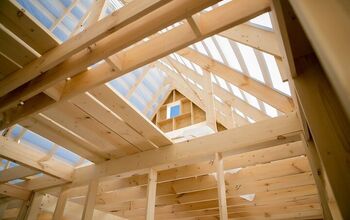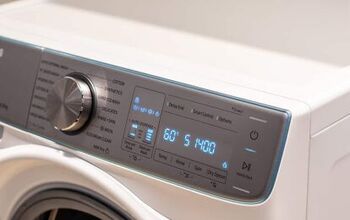How To Get Your House Ready For A Home Inspection

Home inspections can be stressful, as they can affect the success of buying or selling a house. However, you can save yourself a lot of stress if you go into your home inspection prepared. And so, you may want to know how to get your house ready for an inspection.
Clear 3 to 4 feet of space around your plumbing, HVAC, and electrical fixtures before your home inspection. Check your fuse box to make sure it’s labeled, and provide keys for every box and room the inspector must enter. Replace your HVAC filters and clean or repair your roof as needed before the inspection to avoid poor results.
You cannot leave your pets out to roam the house during an inspection. Ideally, you should confine them to a room and move them when the inspector gets to that room. Follow along as we explore how to get your house ready for a home inspection.
How To Prepare For A Home Inspection
1. Clean Your House
The cleanliness of most parts of your house has nothing to do with the results of your home inspection. However, it does affect how easy it is for an inspector to move through your house, which affects how long it takes. You can also set a good tone and make a great impression on the inspector if your home is clean.
Remove clutter that blocks walkways and rooms the inspector must access. It’s also a great idea to clean under your sinks the traps and pipes will be checked. This will make the process easier and faster.
It’s also worth replacing light bulbs in your attic and basement as needed. The inspector will visit these rooms, so you must make them easy to navigate.
2. Make Your HVAC System Accessible
Home inspectors must inspect your boiler, furnace, air conditioner, and water heater. That’s why you must clean the areas around your HVAC equipment to make it accessible. Make sure you leave at least 3-4 feet of clear space around your HVAC equipment.
This will give them ample space to work without feeling cramped. It can also make the inspection go by faster, as it’s easier if they have space to work. Ideally, you should always keep the area around your HVAC equipment clear in case of emergencies.
3. Unlock Everything Or Provide Keys
Home inspections often involve accessing parts of your home that may typically be locked. This includes detached garages, attics, basements, and electrical boxes. It’s also important to unlock your sprinkler system in case that is part of the inspection.
You must provide the key for these locks if you don’t want to unlock them before the inspector arrives. While sheds aren’t typically included in inspections, you must provide a key for some detached structures, like a guest house.
4. Clean Your Roof
It’s all too easy to neglect cleaning your roof. After all, most people don’t see their roofs too often, so they don’t think about cleaning them. However, an inspector must evaluate your roof’s condition before they can assess the state of your home.
They look for discoloration, faulty gutters, missing tiles, poor gutter drainage, and damage. These are all potential red flags for prospective buyers on the market for a new house. Keep in mind that cleaning a roof is dangerous, so you must be careful.
It’s important to have someone around to spot you and hold the ladder steady. Otherwise, it’s worth hiring professionals to safely clean your roof. Roof cleaning costs $450, on average, or as little as $200 depending on the size of the roof.
5. Check Your Plumbing Fixtures
Home inspectors thoroughly inspect plumbing fixtures like sinks, showers, tubs, and toilets. That’s because this information is quite important to potential homebuyers. After all, nobody wants to buy a house and immediately spend a fortune on plumbing repairs.
That’s why you must take care of any necessary plumbing repairs before the inspection. Make sure your plumbing fixtures drain properly and have enough pressure. Call a plumbing service to fix your plumbing if you notice any problems.
6. Replace Your HVAC Filters
Dirty air and furnace filters can wreak havoc on your HVAC system. A dirty filter can cause dust and debris to build up within your HVAC system. Not only is this messy, but it may also look bad during the inspection and affect your overall score.
Most HVAC systems require filter replacements every 90 days. However, you may need to replace your filters sooner if you live in a dusty home with pets. Replace your HVAC filters a few days before the inspection to ensure they are still in great shape.
7. Label Your Fuse Box
An unlabeled fuse box is one of the last things an inspector wants to see. Not only is it confusing, but it also doesn’t bode well for your inspection score. You must accurately label your fuse box before the inspection if it isn’t labeled already.
This will save time and make a great impression on the inspector. Keep in mind that this takes some trial and error if you’ve never done it before. Check each switch one by one and re-label them as needed.
8. Put Your Pets Away
If your pets are out, an inspector cannot safely go through your home. You may know your pets and trust them to behave, but this can put the inspector on edge. Ideally, you should put your pets in a room with food and water and close the door.
However, you must eventually attend to your pets once the inspector gets to their room. Keeping a leash and a pet carrier crate on hand is a great idea during the inspection. That way, you quickly get your pets out of the inspector’s way as needed.
Make sure to tell the inspector about which rooms the pets are in. Stay nearby so you are aware when he needs to get into the pets’ room. It may even be easier to drop your pets off at a friend of daycare until the inspection is complete.
What Are The Biggest Red Flags In A Home Inspection
Roof damage, plumbing issues, electrical problems, and mold are among the biggest red flags in a home inspection. Signs of pests like mice and termites can be off-putting to an inspector or potential buyer. Buyers typically request that sellers fix such problems before they buy the house.
Structural problems, such as foundation and drywall damage are also big red flags. Inspectors also check exterior structures, like detached garages and decks for signs of wear. Old, worn, galvanized pipes can also result in poor home inspection results.
An outdated HVAC system can result in a negative home inspection. It costs an average of $7,500 to replace an HVAC system. Keep up with routine HVAC maintenance to avoid poor home inspection results.
Summing It Up
Thoroughly clean your home before an inspection and focus on rooms with HVAC and plumbing fixtures. Provide 3 to 4 feet of clearance near your furnace and water heater, so it’s easy for the inspector to work. Carefully label your fuse box and put your pets away before the inspection to make it go by quickly.
Related Guides:

Nick Durante is a professional writer with a primary focus on home improvement. When he is not writing about home improvement or taking on projects around the house, he likes to read and create art. He is always looking towards the newest trends in home improvement.
More by Nick Durante

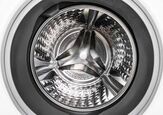
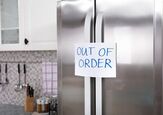
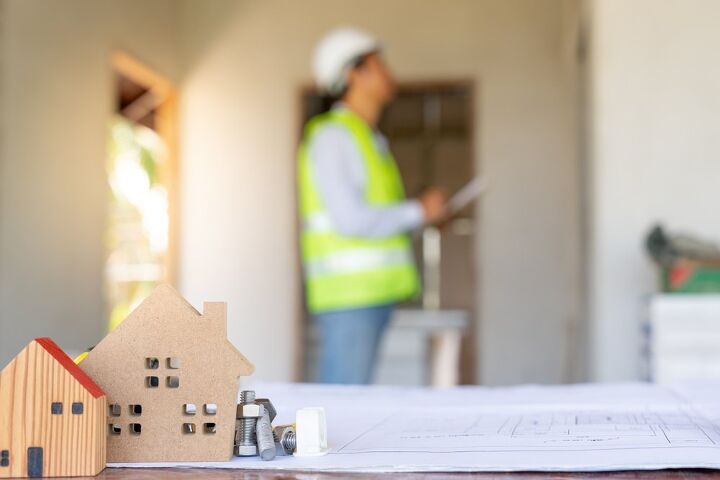







![10 Best Electric Lawn Mowers - [2022 Reviews & Top Rated Models]](https://cdn-fastly.upgradedhome.com/media/2023/07/31/9070486/10-best-electric-lawn-mowers-2022-reviews-top-rated-models.jpg?size=350x220)
![10 Best Scroll Saws for 2022 [Ultimate Reviews & Buyer's Guide]](https://cdn-fastly.upgradedhome.com/media/2023/07/31/9070684/10-best-scroll-saws-for-2022-ultimate-reviews-buyer-s-guide.jpg?size=350x220)
